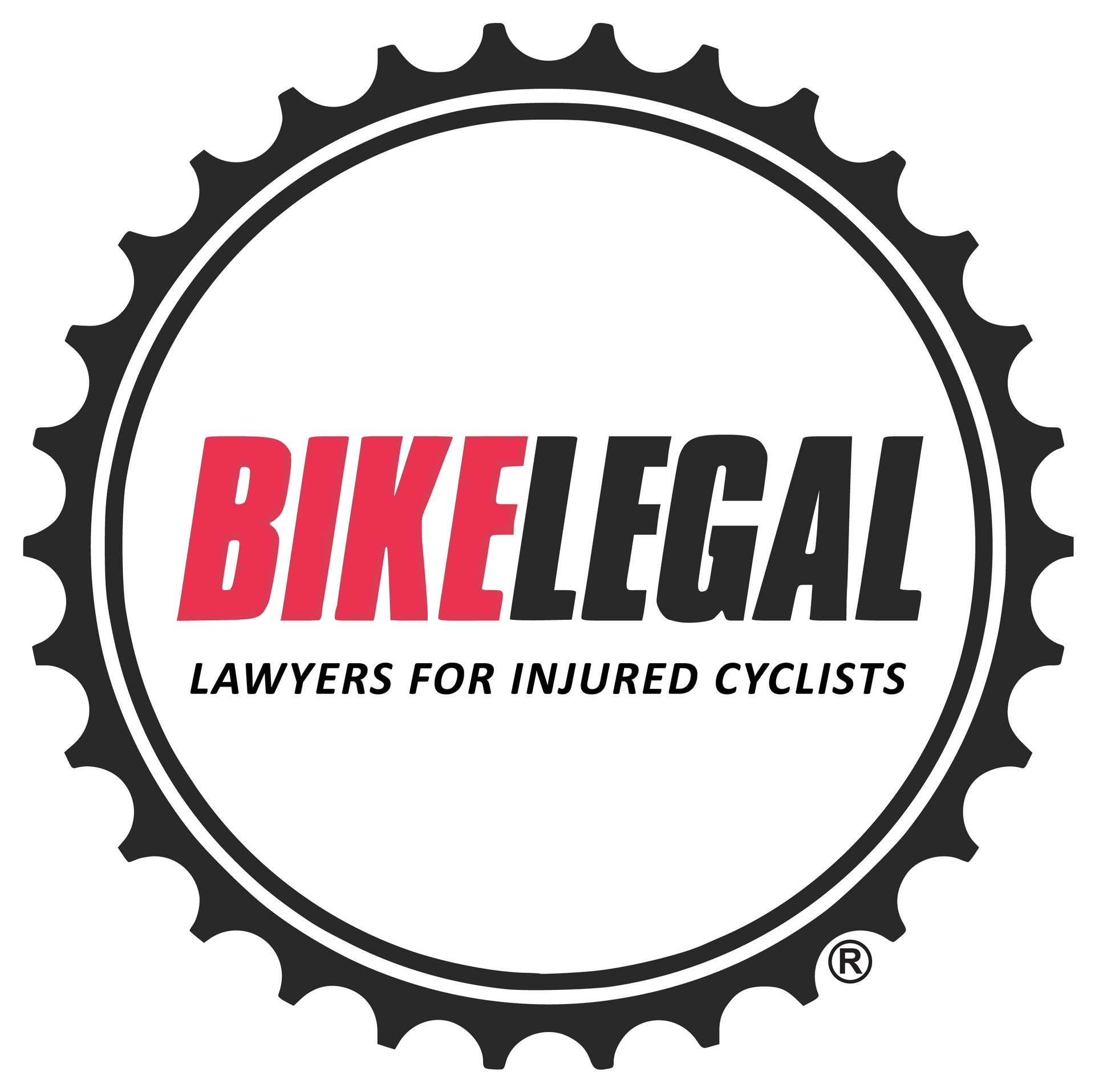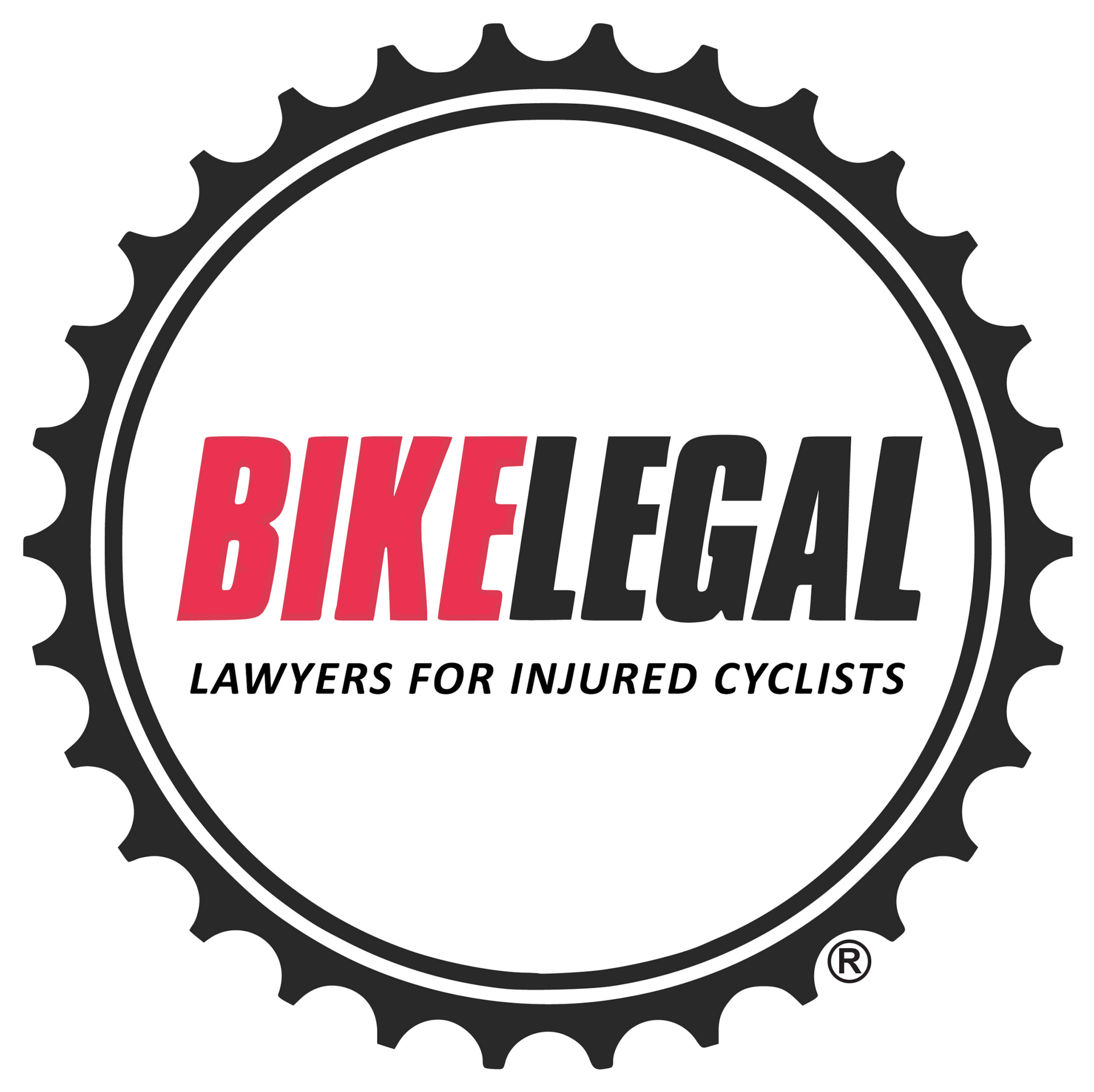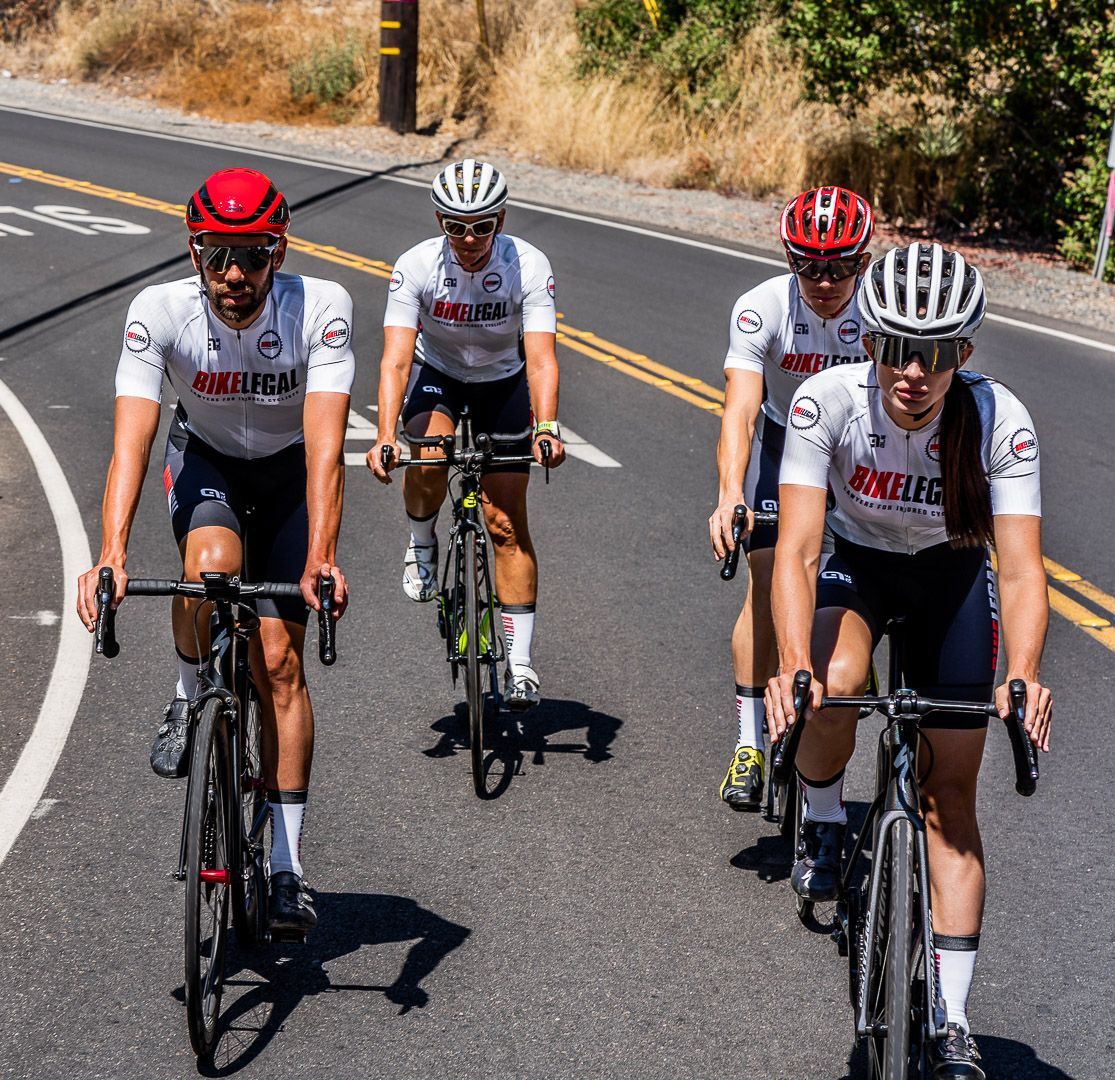Saddle Sores: Causes, Symptoms, Treatment, & Prevention
Follow us on
social media!
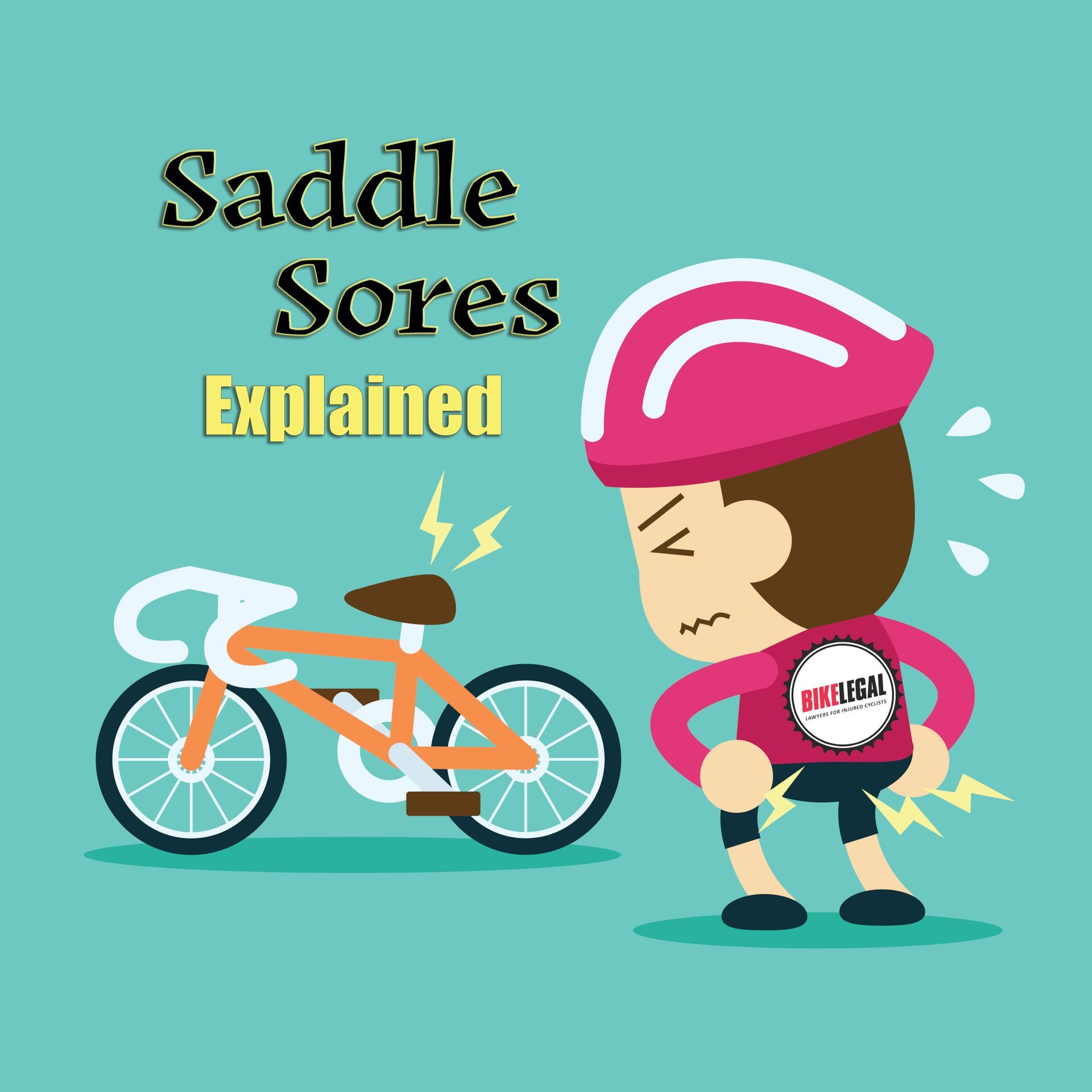
Cycling Saddle sores. No one wants to talk about them, but most cyclists encounter them periodically or chronically. As you spend more time on the bike, you're bound to feel some discomfort in your anatomy that sits on the bike saddle. This discomfort can range from mild soreness to abscesses that might get infected and cause illness. In this guide, we'll break down these pesky buggers and explain what they are, why they occur, and how to treat and prevent them so you can continue riding happily and pain free.
Here's what we'll cover:
- Understanding what saddle sores really are
- Why saddles sores occur
- How to spot saddle sores early on
- Who's most at risk and why
- Tips to sidestep saddle sore agony
- When it's time to consult a doctor
- Remedies to treat and prevent saddle sores
- Nailing the right cycling position
- Choosing the right gear for the long ride
What Are Saddle Sores?
Saddle sores are painful skin irritations that occur in cyclists, primarily due to prolonged friction, pressure, and sweat in the saddle area. They manifest as skin abrasions, boils, or cysts. Prevention involves proper bike fit, hygiene, and cycling shorts.
However, saddle sores can be more complex, raising questions about specific treatment methods and long-term prevention strategies. So, how do you know if what you're experiencing is indeed a saddle sore? Look out for these telltale signs:
- Redness and swelling in areas in contact with your saddle
- Tender bumps, akin to pimples or blisters
- Chafing of the inner thighs makes each ride a test of will
- Abscesses or boils that are painful to the touch
Spotting Saddle Sores Before They Worsen
Catching saddle sores early can mean the difference between a minor inconvenience and a major ordeal. The key? Knowing what to look for. Here, we'll guide you through the early signs of saddle sores, so you can nip them in the bud before they put a damper on your rides.
- Initial discomfort and redness: A feeling of discomfort in the areas of skin that come into contact with the saddle. This might feel like a mild irritation or a burning sensation initially. Accompanying this discomfort, you might notice redness or inflamed skin.
- Chafing and rubbing: If the irritation persists, you'll start to notice chafing. This is the result of your skin being rubbed raw by the constant friction against your saddle. The affected area may feel sore to the touch, and the skin may appear worn or damaged.
- Bumps and lumps: As the situation progresses, you might detect bumps on the skin, similar to pimples or even small boils. These can vary in size and tenderness. Some might feel like small, hardened knots under the skin, while others could be more pustule-like, filled with fluid or pus.
- Pain during and after rides: One unmistakable sign of a developing saddle sore is pain during your ride that persists even after you've dismounted. If sitting down or applying pressure to the area causes discomfort, a saddle sore is likely forming.
- Increased sensitivity and swelling: The affected area might become increasingly sensitive to pressure and touch. You might also observe swelling around the sore, making it even more pronounced and uncomfortable.
- Open sores and skin breakdown: In more severe cases, the skin may break down to form open sores. These are particularly concerning, as they open the door to infections. If you reach this stage, it's crucial to take immediate action. Meanwhile, keep it dry because moisture can make saddle sores worse.
Recognizing these early warning signs is your first line of defense against saddle sores. With timely intervention, you can prevent cycling saddle sores from escalating and keep your focus on the joy of cycling.
Causes of Saddle Sores
Saddle sores are more than just a painful inconvenience; they're your body's way of waving a red flag. But what exactly triggers these unwelcome guests? The answer lies in a combination of factors, all of which conspire to turn your ride into a less-than-pleasant experience.
- Friction: It's the prime suspect. The constant rubbing of your skin against the saddle can lead to irritation. Factor in the repetitive motion of pedaling, and you've got the perfect storm for chafing and sores.
- Pressure: Your saddle bears the brunt of your body weight. Certain areas, unfortunately, take more of a beating. Over time, this unrelenting pressure can lead to skin breakdown, culminating in sores.
- Sweat: Moisture is friction's best friend. Sweat increases the risk of chafing and, by extension, saddle sores. It can also lead to bacterial and fungal infections if left unchecked.
- Poor hygiene: Let's face it; after a long ride, all you want to do is relax. But delaying the post-ride clean-up can turn your skin into a breeding ground for bacteria, escalating the risk of saddle sores. Also, some spots looking saddle sores are often caused by an infected hair follicle.
- Ill-fitting gear: Your gear can be a make-or-break factor. Tight, non-breathable clothing traps sweat and exacerbates friction. Meanwhile, a saddle that's not quite right for your anatomy can increase pressure and irritation.
- Bike fit and position: Last but certainly not least, how your bike fits you plays a crucial role. A poor bike fit can lead to awkward positioning, which in turn increases pressure and friction in all the wrong places.
Understanding these causes is the first step in saddle sore prevention. With the right adjustments and a bit of know-how, you can keep saddle sores at bay and focus on what truly matters: the joy of riding.
Saddle Sore Susceptibility: Who's Most at Risk and Why
Not all cyclists face the same risk when it comes to saddle sores. Certain factors can make some individuals more susceptible than others. Understanding who's most at risk and why can help you take preventive measures if you find yourself in one of these categories.
- New riders: When you're new to cycling, your skin isn't yet accustomed to the friction and pressure of the saddle. This "breaking in" period is when you're most vulnerable. Plus, beginners might not have optimized their bike fit or found the right cycling gear yet, increasing the risk.
- Long-distance cyclists: Endurance riders or those training for long distances spend more time in the saddle, which means more friction, more sweat, and more opportunities for saddle sores to develop. It's a numbers game; the more hours you clock, the higher your risk.
- Competitive cyclists: High-intensity riding often means pushing through discomfort, which can lead to ignoring early signs of saddle sores. Competitive cyclists also tend to have rigorous training schedules, leaving less recovery time for early sores to heal.
- Riders with poor hygiene practices: Let's be clear; hygiene matters. Cyclists who delay showering after rides or wear dirty cycling gear are inviting bacteria and fungi to the party, increasing the risk of infection and saddle sores.
- Individuals with sensitive skin: Some people naturally have more sensitive skin, making them more prone to irritation and sores. If you know your skin reacts badly to friction or certain materials, extra care is needed to prevent saddle sores.
- Cyclists using ill-fitting gear: Gear that doesn't fit well can create hotspots of pressure and increase chafing. This includes your saddle, cycling shorts, and other apparel.
- People with compromised immune systems: If your immune system is weakened, your body's ability to heal minor skin irritations and ward off infections is compromised. This can turn what might be a minor issue for someone else into a significant problem for you.
- Indoor Trainer Setups and Stationary Bikes: Cyclists who train heavily on indoor setups like Zwift are more likely to develop saddle sores due to the nature of stationary training. Unlike outdoor riding, where shifting positions and getting out of the saddle occur naturally as you navigate terrain, indoor trainers keep you in one place. This means less movement and more constant friction between your body and the saddle.
How to Treat & Prevent Saddle Sores
Treating saddle sores effectively requires a few simple but vital steps. Knowing how to properly deal with them can significantly reduce pain and alleviate your discomfort.
- Keep the area dry and clean: Use loose, breathable clothing off the bike and moisture-wicking fabrics during rides.
- Gentle Care and Epsom Soak: Cleanse gently with antibacterial soap when showering and avoid irritating the sores by picking or squeezing. A warm Epsom bath after a thorough cleaning is bliss.
- Apply healing creams: Use antibacterial creams like Sudocrem, or try benzoyl peroxide or salicylic acid for better results.
- Use a Warm Compress: Applying a warm compress can help soothe the pain and allow you to rest and treat the area.
If the sores worsen or don’t improve in a week, see a doctor for possible antibiotic treatment or other interventions. However, the best way to treat saddle sores is prevention. So many cyclists encounter saddle sores, so it’s essential to be proactive in prevention and treatment.
Preventing Saddle Sores
Preventing saddle sores from becoming a recurring thorn in your butt requires a blend of smart cycling practices, gear adjustments, and personal hygiene. Let's look at strategies that will help keep your skin healthy and you, happily in the saddle.
Perfect Your Bike Fit
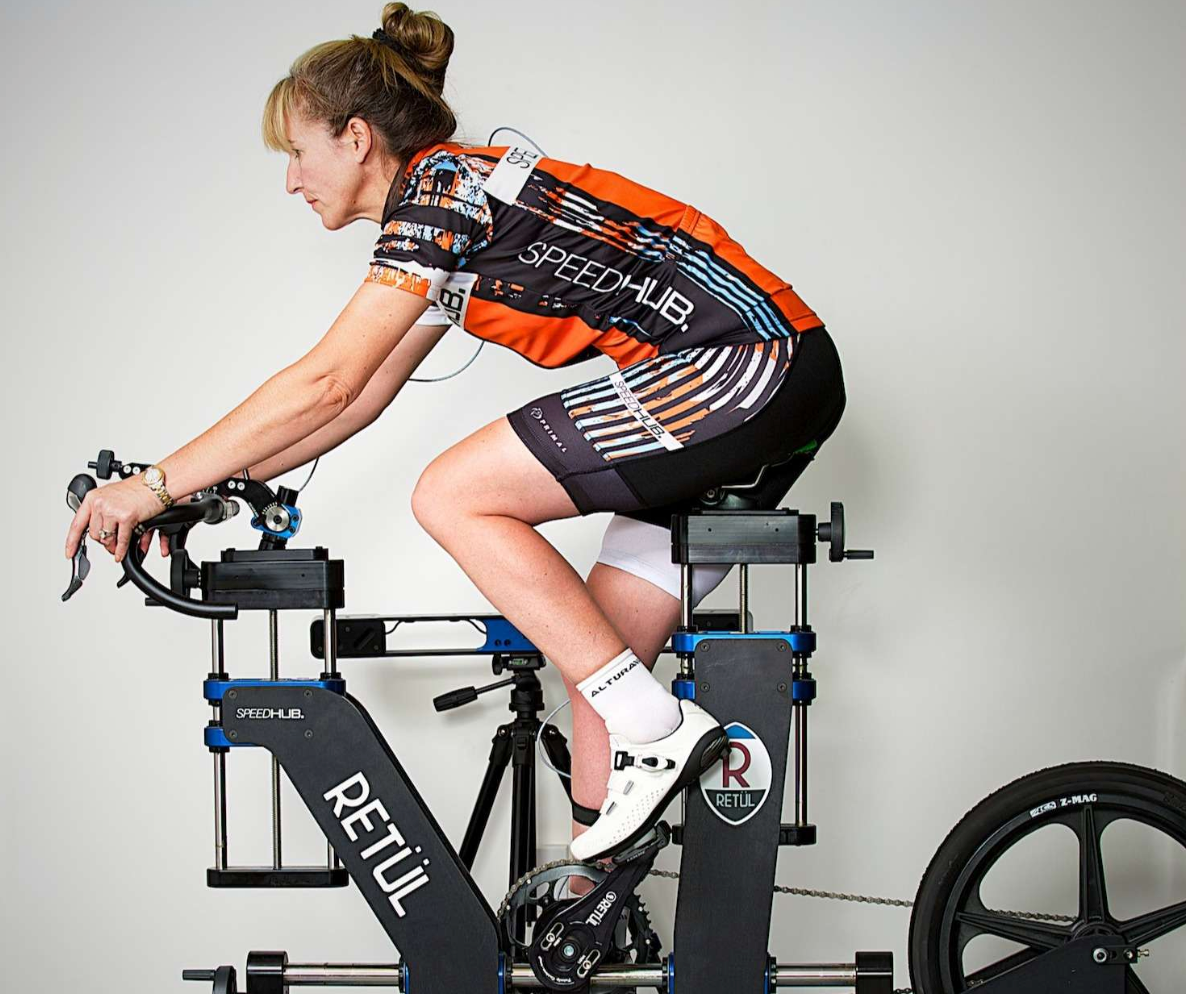
- Invest in a Professional Bike Fit: Getting a professional bike fit is crucial if you're spending a lot of time on your bike. A proper bike setup that's tailored to your size and shape can significantly reduce discomfort and improve your performance. During a bike fit, a professional will evaluate your riding history, goals, and anatomy while assessing your position and pedaling dynamics. They'll make adjustments to your bike, such as changing the saddle height, tweaking the saddle position, or recommending a new stem length, to ensure you're riding comfortably and efficiently. A Bike fitter will also measure your sit bones and recommend the best saddles for you to try based on your anatomy.
- Crucial Adjustments: Ensure your saddle height, position, and tilt are precisely adjusted to your body to minimize undue pressure and friction—key factors in preventing saddle sores.
- Get your sit bones measured: Bike shops can measure your sit bones to recommend a saddle width that's just right for you. The wrong size and type of saddle is a recipe for pain and suffering.
- Consider a saddle with a cut-out: These can relieve pressure on sensitive areas.
- Test different models: Many shops offer test saddles; take advantage of this to find your perfect match.
- Ongoing Adjustments: Recommendation: Repeat bike and saddle fit every few years to ensure optimal alignment with your changing body and performance needs.
- Gradual Tweaks: Minor adjustments can significantly enhance comfort. Take it slow and assess how each change improves your riding experience. Make changes one at a time otherwise its difficult to determine which adjustment is a beneficial one.
Upgrade Your Cycling Wardrobe
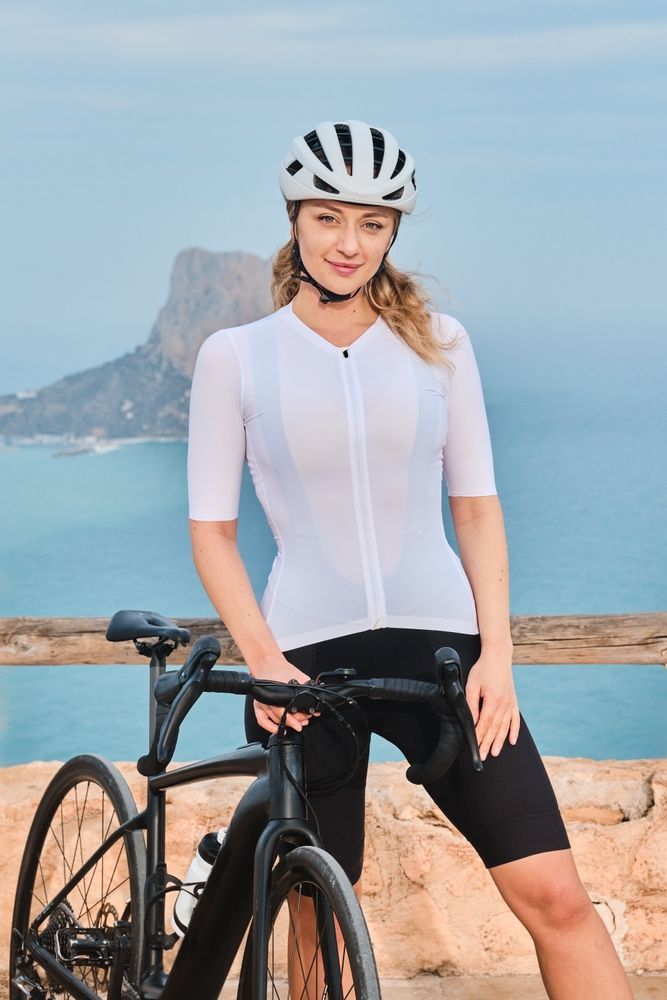
- Cycling Shorts: Wear cycling shorts that are high-quality and well-fitting with seamless, antimicrobial chamois. Regularly rotate your shorts to always have a fresh pair ready.
- Consider Cycling Bibs: Most cyclists opt for bib style shorts because they help keep everything in place better. Less movement of the garment helps to prevent friction and saddle sores.
- Fabric Choices: Avoid cotton due to its moisture retention. Opt for synthetic fabrics designed to wick sweat away efficiently. Cycling specific fabrics are usually moisture wicking.
- Brand Variety: Experiment with different brands to find the perfect fit and chamois design for your body.
- Choose the right size: Too tight, and they'll restrict movement; too loose, and they'll increase friction.
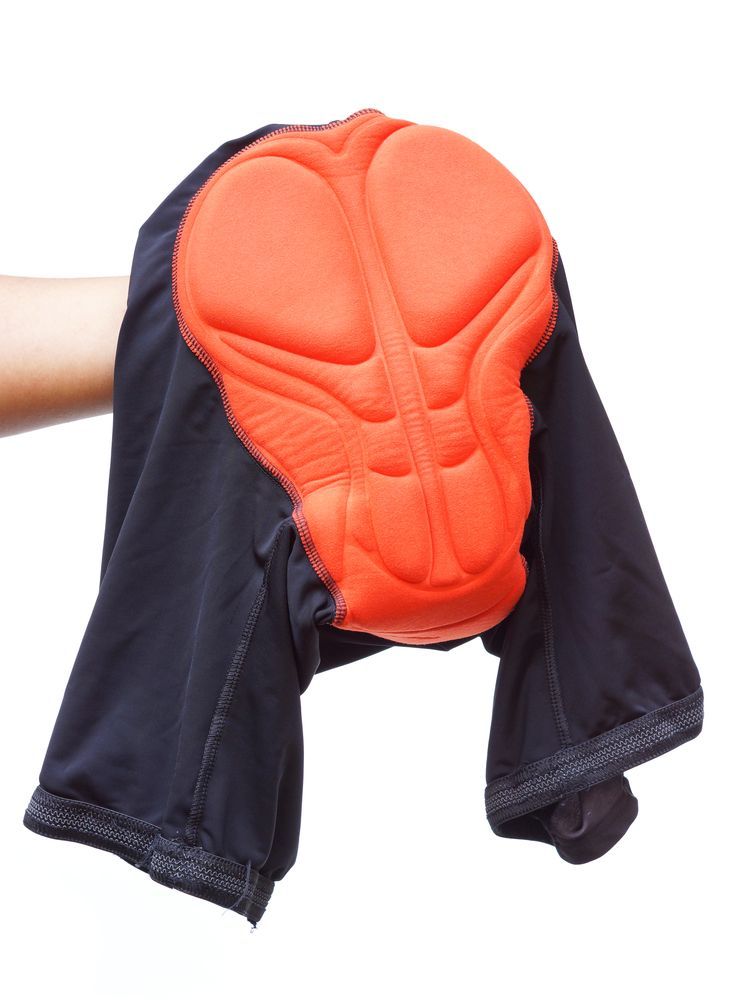
PRO TIP: Never wear your underwear with cycling shorts that have a built in chamois! This is often a newbie mistake and one of those things that no one tells you. The chamois is designed to make contact with your personal parts. Wearing underwear with your cycling specific shorts is an unnecessary added layer of fabric and seams that can rub you raw!
Master the Art of Hygiene
- Shower Promptly: Use gentle, antibacterial soap soon after your ride. If you can't shower right away, be sure to take wipes and a change of clothes with you.
- Gear Maintenance: Regularly clean your bike seat, shorts, and any clothing that contacts your skin.
Embrace Stand-Up Pedaling
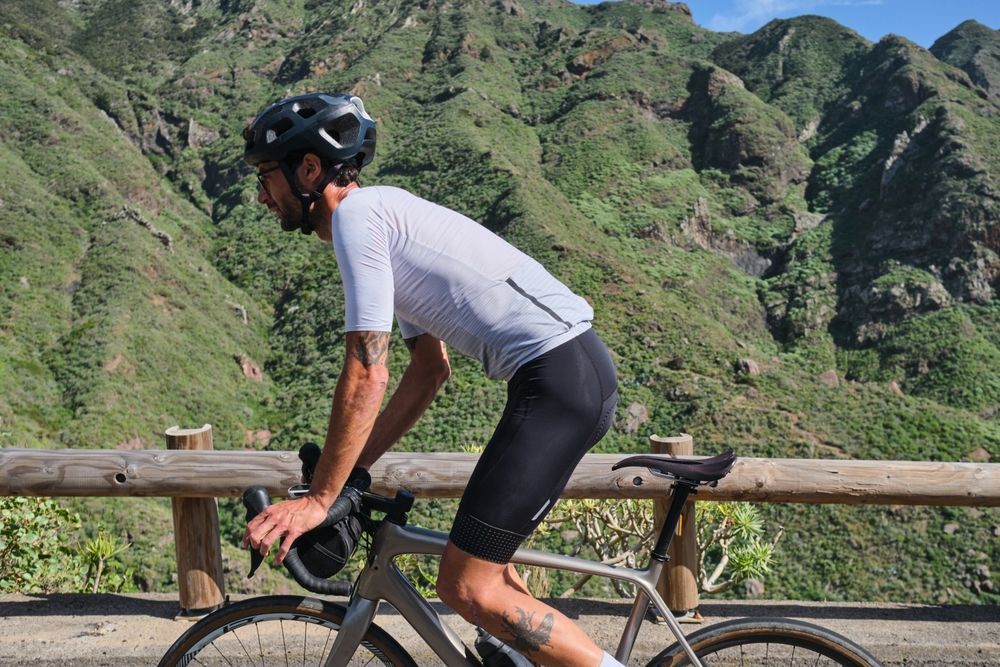
- Pressure Relief: Standing periodically during your ride helps relieve pressure on sensitive areas, enhancing blood flow and reducing the risk of developing sores.
- Active Riding Tips:
- Interval Standing: Set reminders to stand and pedal at regular intervals, especially during long rides.
- Varied Terrain: Utilize hills and varied terrains, which naturally encourage standing pedaling and provide periodic relief.
- Pro tips:
- Practice different sitting positions: Find several comfortable positions and switch between them during rides.
- Use your legs as shock absorbers: Especially on rough terrain, to reduce the impact on your sit bones.
Incorporate Chamois Cream
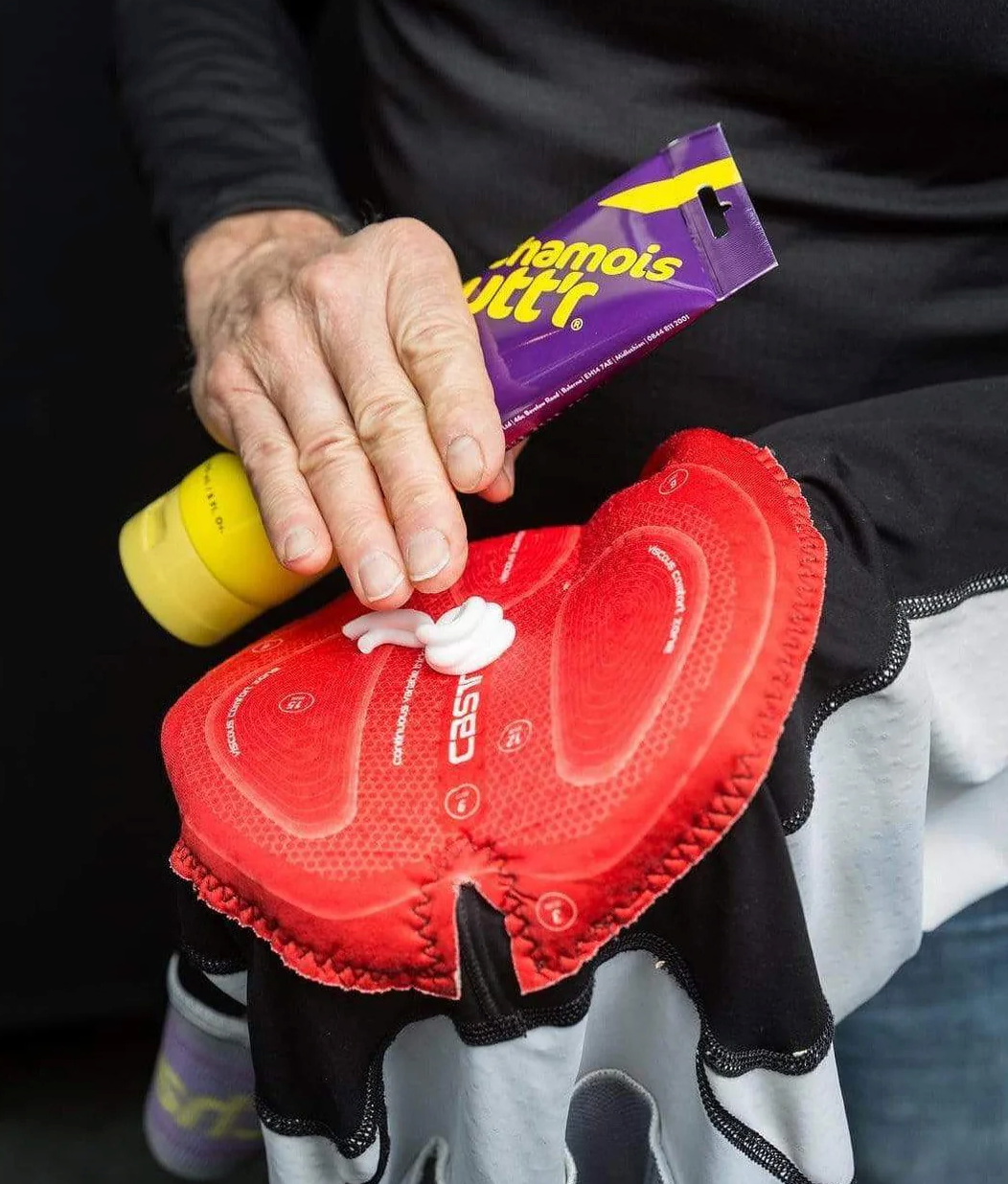
- Friction Reduction: A quality chamois cream not only reduces friction but also prevents chafing and possesses antibacterial properties.
- Application Tips:
- Find Your Formula: Experiment with various brands to discover the best match for your skin type.
- Generous Application: Apply enough cream to create a protective barrier, but avoid over-application to maintain the breathability of the chamois.
Listen to Your Body
- Recognize Discomfort: Address early signs of discomfort promptly to prevent exacerbation.
- Rest and Recovery: Take rest days seriously and adjust your cycling routine based on your body's feedback.
- Behavioral Adjustments: Track patterns of when and under what conditions saddle sores develop, and adapt your habits to mitigate risks.
- Flexibility in Training: Be ready to modify your training plan based on bodily signals indicating readiness or need for rest.
Integrating these strategies into your cycling routine can drastically reduce your risk of developing saddle sores. It's about making small, mindful adjustments that add up to a big difference in comfort and enjoyment.
When to Consult a Doctor?
While most saddle sores can be managed with home remedies and adjustments to your cycling setup, there are times when professional medical advice is necessary. Knowing when to make the call can prevent complications and get you back on your bike sooner.
Here's how to recognize that it's time to seek help.
- Persistent soreness: If a sore doesn’t improve with rest and home treatment within a week or two, it’s time to get it checked out. Persistent sores could indicate an infection or other underlying issues that require medical intervention.
- Increasing pain and swelling: Saddle sores should gradually get better, not worse. If you notice increasing pain, swelling, or both, especially if the sore becomes warm to the touch, these could be signs of an infection that needs immediate attention.
- Fever or feeling unwell: A saddle sore, in rare cases, can lead to systemic infections. If you experience fever, chills, or a general feeling of being unwell, it’s crucial to consult a doctor as soon as possible. These symptoms could indicate that the infection has spread beyond the skin.
- Non-healing ulcers: Sores that break open and don’t heal, forming non-healing ulcers, require a healthcare professional's assessment. This condition can lead to scarring or more severe infections without proper treatment.
- Multiple sores and abscesses: When existing saddle sores progress to abscesses (pockets of pus) or if you have multiple sores that seem to be getting worse, medical treatment is necessary. A doctor might need to drain abscesses in a sterile environment to prevent further infection.
Proactive steps to take:
- Document your symptoms: Keeping a record of how your sores progress can provide valuable information to your doctor.
- Don’t hesitate: If you’re unsure whether your situation warrants a doctor's visit, it’s better to err on the side of caution. Early intervention can prevent more serious complications.
- Pro tips:
- Find a doctor familiar with cycling injuries: They can provide insights and treatments tailored to your specific needs.
- Continue preventative measures: Even after seeing a doctor, continue with the preventative strategies you’ve learned. They can help prevent future occurrences.
Recognizing when professional medical advice is necessary is crucial in managing saddle sores effectively. Don’t let pride or hesitation get in the way of your health and passion for cycling. Taking action at the right time can keep you in the saddle for years to come.
Tweak Your Riding Position for Optimal performance and Comfort
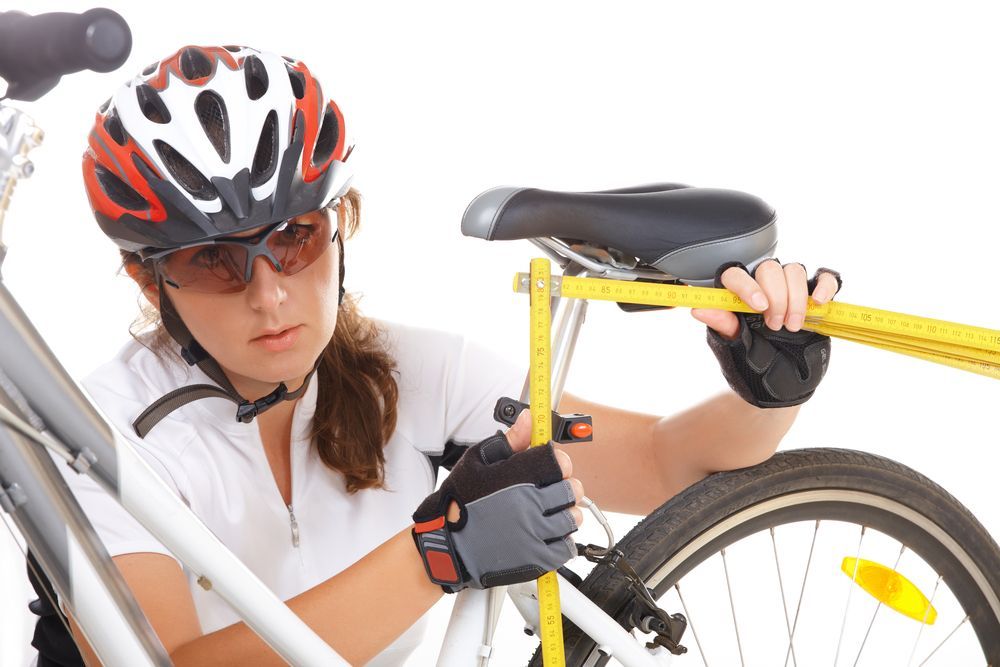
Achieving the perfect cycling position is a bit of art and science. It's crucial for performance and preventing injuries and discomfort, including those dreaded saddle sores. As mentioned previously, getting a professional bike fit is well worth the cost if you are spending any significant time in the saddle. In the meantime, these are some tips on what you can do to fine-tune your riding posture for optimal performance and comfort.
Saddle position
The right saddle height allows for a slight bend in your knee at the bottom of the pedal stroke, optimizing power while minimizing strain. The tilt and fore-aft position should let you ride comfortably without having to shift your weight excessively.
- The level is a good starting point: Start with your saddle level to the ground, adjusting slightly if necessary to find what feels best.
- Experiment with micro-adjustments: Small changes can make a big difference. Adjust in millimeter increments and test how each affects your comfort.
Handlebar height and reach
Handlebars that are too high or too low, or too far or too close, can strain your neck, back, and shoulders, altering your body's pressure distribution on the saddle. Finding a balance that offers both control and comfort is key.
- Adjust according to your flexibility: More flexible riders might prefer a lower, more aerodynamic position, while others may prioritize comfort with a slightly higher handlebar.
- Consider the type of cycling you do: Road cycling, gravel riding, and mountain biking each have different optimal positions.
Pedal position
Correct cleat positioning can enhance your pedaling efficiency and prevent knee strain. Your foot should be in a natural position relative to the pedal, with the ball of your foot over the pedal spindle.
- Start with cleats centered: Then adjust based on comfort and performance during rides.
- Pay attention to knee and foot alignment: Your knees should move in a straight line, without wobbling inward or outward.
Dynamic adjustments
Finally, remember that the right cycling position isn't static. Standing up occasionally, changing hand positions on the handlebars, and adjusting your seating position slightly can all help distribute pressure more evenly and prevent fatigue.
- Use your entire body: Cycling isn't just about your legs. Engage your core, back, and arms to support your body and reduce the burden on any one part.
- Listen to your body: Discomfort is a sign that something may need adjusting. Pay attention to what your body tells you during and after rides.
By focusing on these key aspects of cycling position and making adjustments as needed, you can enhance both your performance and your comfort on the bike. This makes your rides more enjoyable and helps prevent the onset of saddle sores and other cycling-related discomforts.
Choosing the Right Gear for the Long Soreless Rides
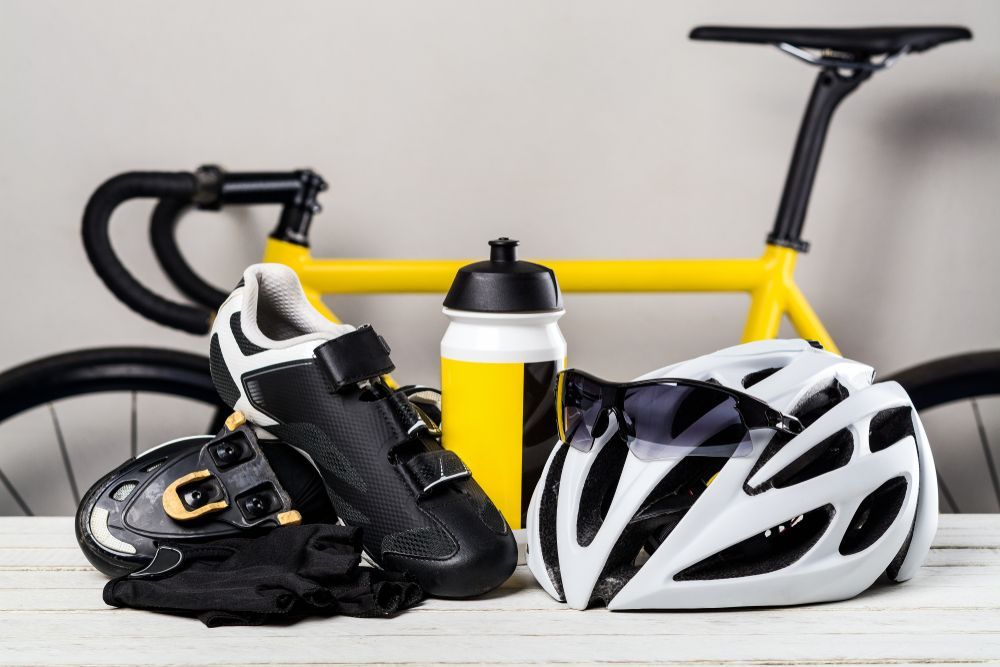
Embarking on a long ride? The right gear can make all the difference between an enjoyable adventure and a grueling ordeal. From the clothes you wear to the accessories you choose, every item plays a role in keeping you comfortable, efficient, and saddle sore-free.
Cycling Specific Clothing:
- Invest in a cycling kit: A cycling "kit" typically refers to a matching set of cycling-specific clothing, usually consisting of a jersey and bib shorts. Road cyclists wear these kits because they're designed for comfort, performance, and safety. The tight-fitting, moisture-wicking fabric minimizes wind resistance and keeps riders dry, while the padded shorts reduce friction and provide extra cushioning on long rides. Reflective elements enhance visibility, and the pockets in the jersey offer convenient storage for essentials like snacks, tools, or a phone. All of this combines to help cyclists ride more efficiently and comfortably.
- Trail Riding clothing: Mountain bikers typically wear looser-fitting clothing, which differs from the snug road cycling kits. Their apparel often includes padded baggy shorts for protection and comfort, durable jerseys made of breathable, moisture-wicking fabrics, and sometimes body armor for added safety.
Comfortable, supportive footwear
Your shoes should provide a stable platform for pedaling while being comfortable enough to support your feet over many hours. Properly fitted cycling shoes can also help prevent issues like numbness or hot spots.
- Ensure a good fit: There should be enough room to wiggle your toes, but your heel should stay in place when you pedal.
- Consider the cleat system: Make sure your shoes and pedals are compatible and that the cleats are properly adjusted to avoid knee strain.
Gloves and eyewear
Cycling gloves can cushion your hands, reduce vibration, and protect you in case of a fall. Eyewear protects your eyes from the sun, wind, and debris. Both are essential for long rides.
- Choose padded gloves: Look for gloves with padding in the palms to absorb shock and reduce pressure on your hands.
- Select the right lens: For eyewear, consider lenses that enhance contrast and protect against UV rays, which can help you see the road more clearly.
Helmets and safety gear
A well-fitting cycling helmet is non-negotiable. Additionally, consider bright clothing or reflective gear if you’ll be riding in low-light conditions, and always have a repair kit and basic first aid on hand.
- Get the right helmet fit: Your helmet should sit level on your head and snugly enough that it doesn’t move when you shake your head.
- Prepare for emergencies: A small saddle bag can carry a multi-tool, spare tube, tire levers, and a patch kit, ensuring you're prepared for common issues.
Equipping yourself with the right gear is about more than just comfort; it's about ensuring you can enjoy the ride, no matter the distance, with minimal distractions or discomfort. With the right preparation, you can focus on the journey ahead, knowing you're well-protected against saddle sores and other long-ride ailments.
Ready to Ride Without Worry?
You’ve made it through the guide, armed with the knowledge to keep saddle sores at bay and enjoy your rides to the fullest. Whether tweaking your bike fit, upgrading your gear, or mastering the art of hygiene, you're now equipped to tackle the road ahead confidently.
Remember, prevention is key, and with these strategies, you're well on your way to smoother, more enjoyable rides.
- Perfect your bike fit for comfort and efficiency
- Invest in high-quality cycling shorts and jerseys
- Maintain impeccable hygiene before and after rides
- Use chamois cream to reduce saddle sores by reducing the friction
- Listen to your body and rest when needed
- Stay prepared with the right gear for long rides
Bike Legal is committed to supporting the cycling community, ready to address any questions about cycling topics or accidents. When a cycling accident happens, it’s crucial to have a safety net.
Specializing in bicycle accidents, this legal powerhouse combines a passion for cycling with the know-how to protect your rights. Whether navigating the aftermath of an accident or advocating for safer roads, Bike Legal is the best accident bike law firm that is your steadfast ally.
FAQs
How do you get rid of saddle sores?
Getting rid of saddle soreness involves a combination of immediate care and preventative strategies. Cleanse the area gently with antibacterial soap, apply an appropriate ointment, and ensure you’re giving the sore room to breathe and heal.
Consider taking a break from cycling to avoid further irritation. For persistent or severe sores, consult a healthcare professional.
What do saddle sores look like?
Saddle sores can vary in appearance. Initially, they may look like small, reddish spots on the skin, similar to acne or ingrown hairs. As they progress, they can develop into larger, swollen bumps or even into painful abscesses. In severe cases, you might notice open wounds or ulcers.
Why am I suddenly getting saddle sores?
Sudden outbreaks of saddle sores can be attributed to several factors, such as increased riding intensity or duration, a change in your bike setup or gear, poor hygiene practices, or even weather changes that affect sweating and friction.
Re-evaluating your cycling habits and gear can often pinpoint the cause.
How long do saddle sores last?
The duration of saddle sores can vary depending on their severity and how they’re treated. Mild sores might heal within a few days with proper care, while more severe sores could take a week or more.
Abscesses or infected sores may require medical intervention and could take longer to heal fully. Resting and proper care are crucial for speedy recovery.
